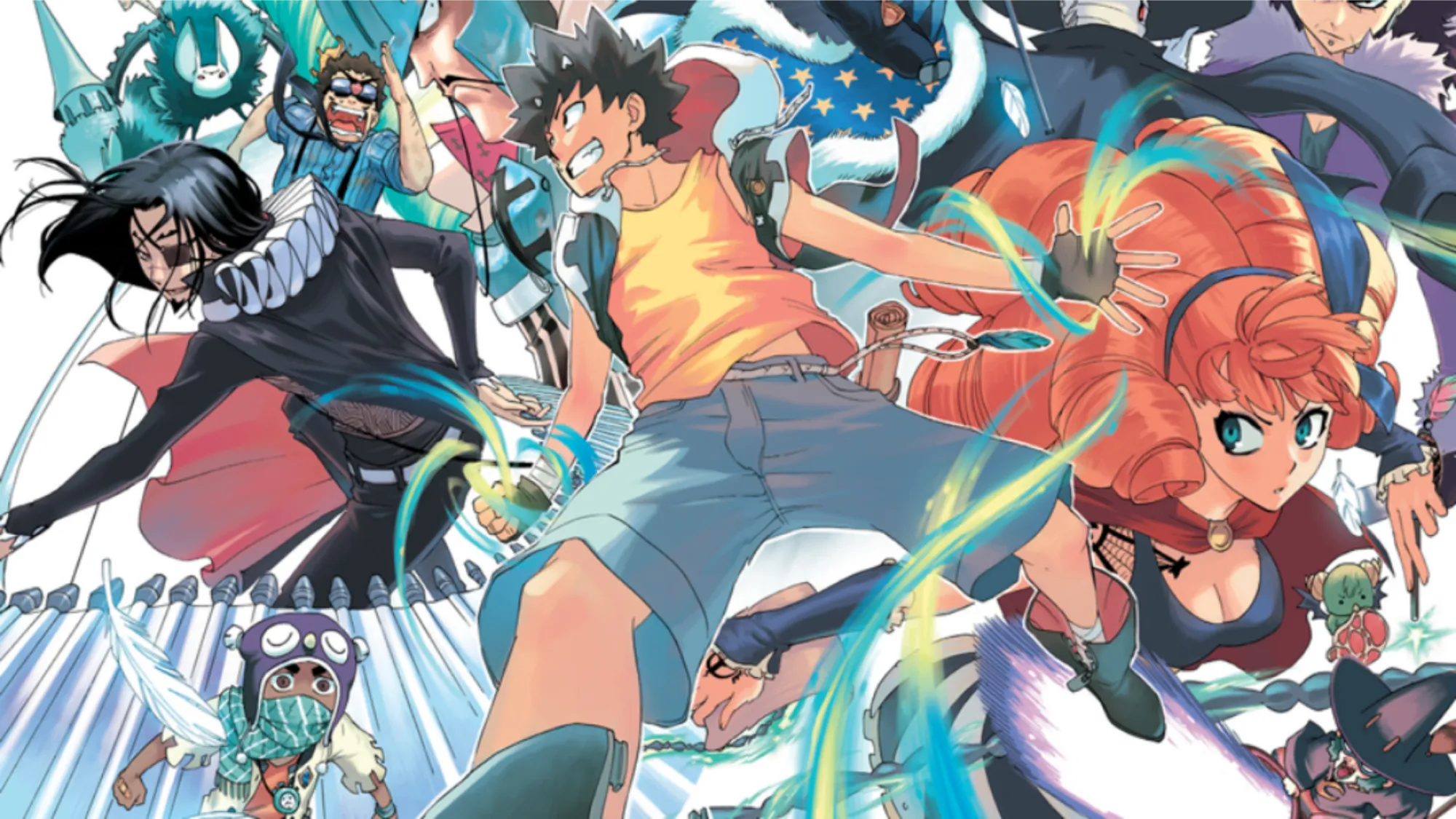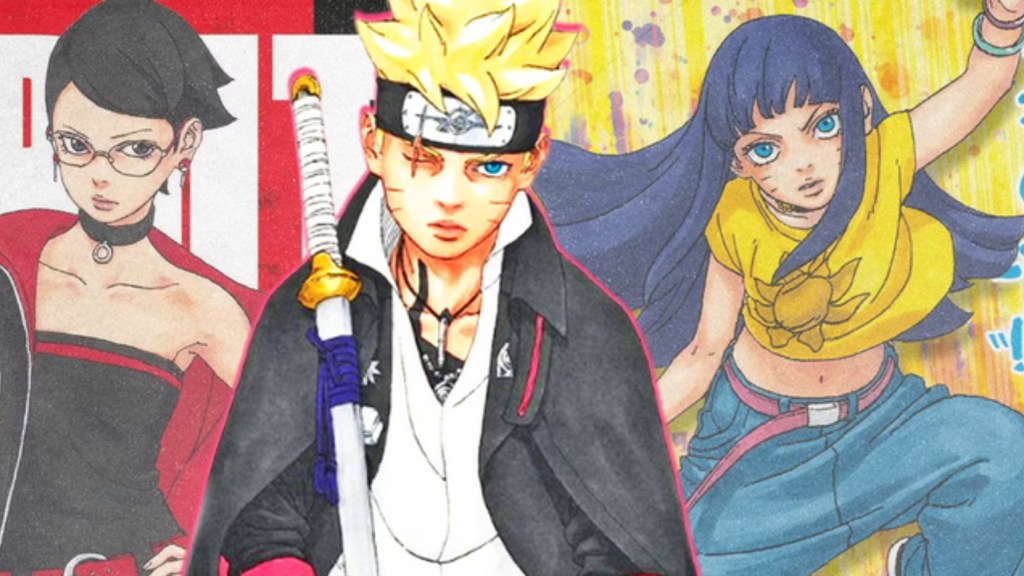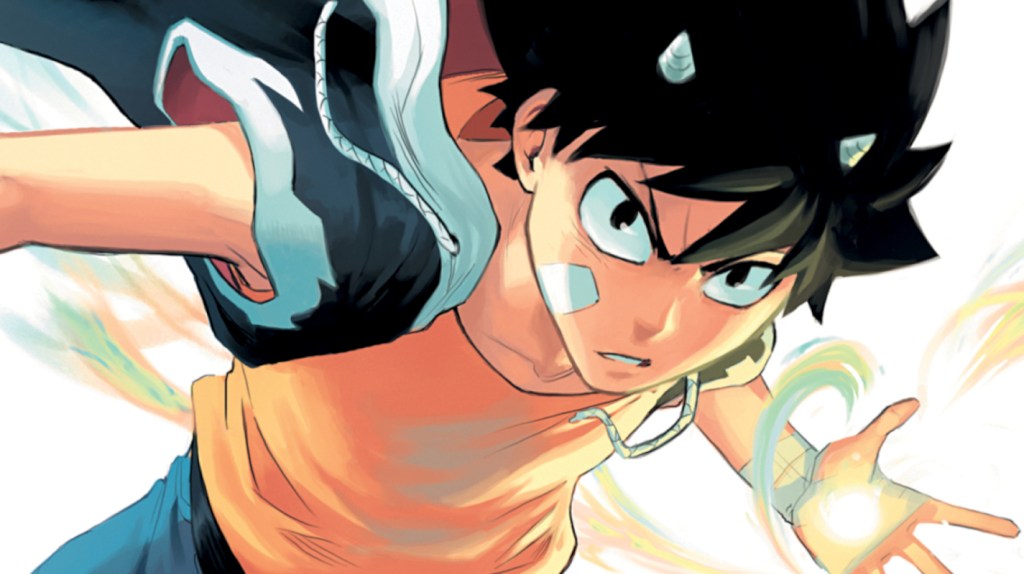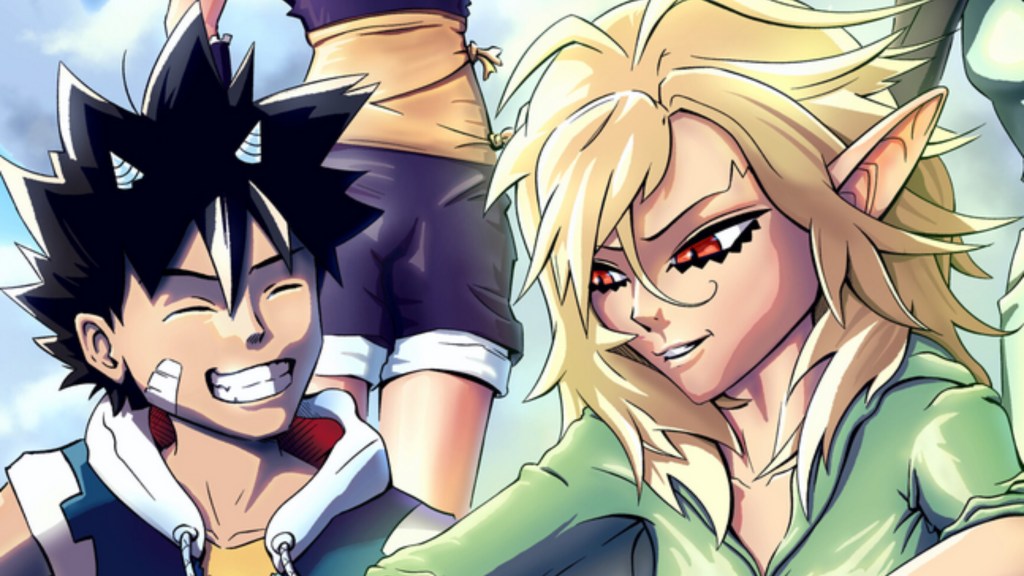
Boruto was always going to have a tough job. Following up on one of the most beloved shonen series of all time meant balancing nostalgia with fresh storytelling, but not everyone feels it succeeded. While it has its moments, many fans say Boruto lacks the emotional weight, world-building, and character growth that made Naruto so powerful. The stakes often feel lower, the pacing uneven, and the tone more polished than passionate. For those who grew up with Naruto’s grit and heart, Boruto can feel like a sequel that forgot what made the original special.
If Boruto hasn’t lived up to your expectations, however, Radiant might be the series you’ve been missing. It’s a lesser-known anime based on a French manfra—essentially manga-style comics from France—that takes clear inspiration from Naruto, One Pieceand Fairy Tail. But instead of copying their formulas, Radiant builds its own world, characters, and tone. The anime ran for two seasons starting in 2018, and the original manfra by Tony Valente is still ongoing. This article breaks down what Radiant brings to the table, how it compares to Borutoand why it might actually feel closer to the spirit of Naruto than its official sequel.
Radiant’s Rise: A French Shonen That Found Its Place in Japan

Radiant belongs to a unique section of the comic world known as “manfra”, which is a term used for French comics that follow the visual and storytelling style of Japanese manga. Unlike most shonen titles that originate in Japan, Radiant was created by French artist Tony Valente, who set out to build a series that could stand alongside the likes of Naruto and One Piece while still offering something new. The anime adaptation, produced by Studio Lerche, aired from 2018 to 2020 and ran for two seasons. It featured solid animation, a faithful tone, and was distributed internationally, including in Japan—an unusual achievement for a non-Japanese manga.
But while the anime wrapped up after two seasons and there’s been no official word on a third season, the adaptation played a key role in boosting the visibility of the series, especially in Japan, where Radiant became the first French manga to be published by a major Japanese publisher. That milestone alone earned it serious respect in the industry. As a result, Radiant’s manfra is still going strong in 2025. There have been 19 volumes released in French, and translations are currently being done in English, Japanese, German, Spanish, and other languages.
A Fresh Take on Familiar Shonen Themes

Looking at the core of Radiantit shares several familiar shonen themes, starting with its lead, Seth, a young boy marked by a mysterious power called Fantasia. Much like Naruto’s early struggles with being feared and misunderstood, Seth is treated as a threat because of his connection to the Nemeses, magical creatures that plague the world. But while the setup is too familiar, Radiant does more than follow the path.
The world is built around floating islands, a corrupt organization called the Inquisition, and the idea of magical contamination that isolates people. These unique and engaging themes make Radiant distinct from its Japanese influences. In this, Seth’s journey is not only about gaining power but also about finding himself and figuring out the kind of person he wants to be in a world that fears him. That focus on self-discovery adds weight to the story and makes his growth feel earned.
On the other hand, Boruto has had to grow under Naruto’s long shadow. The story often wavers as it tries to balance legacy favorites with the new generation. This legacy baggage can also limit its audience or make it an intimidating watch for new fans. In contrast, Radiant starts fresh and right off the bat has a clear focus and consistent storytelling that does not rely on nostalgia. Allowing both younger audiences and longtime shonen fans to connect and relate with the story.
Another thing that sets Radiant apart is its blend of Western and Japanese storytelling styles. To manga readers, the pacing, humor, and emotional beats feel familiar, but there is something unique about the dynamics of the characters. This is proof that strong shonen stories don’t have to come from Japan to feel authentic. Radiant takes notes from its roots but gives its individual perspective, and that makes it stand out.
Why Radiant Might Be the Naruto Successor We Actually Needed

For many fans, Radiant feels closer to what Naruto stood for than Boruto ever has. It revolves around a young protagonist learning to make their way in a hostile world, forming bonds, and growing through real conflict, not just becoming more powerful. Seth’s journey is about more than fighting enemies. He has to understand himself and the world around him, which is very similar to the emotional depth that made Naruto so compelling.
The mystery around the Nemeses, the layered world-building, and the slow reveal of its deeper mysteries increase the stakes without relying on familiar names. If Radiant ever gets a third season—or even a reboot with tighter pacing and a stronger budget—it has the potential to reach a much wider audience. It’s not a replacement for Narutobut it’s definitely worth watching for anyone who wants a story that respects the genre but isn’t afraid to do things differently.
Are you going to check out Radiant? Let us know your thoughts in the comments below!